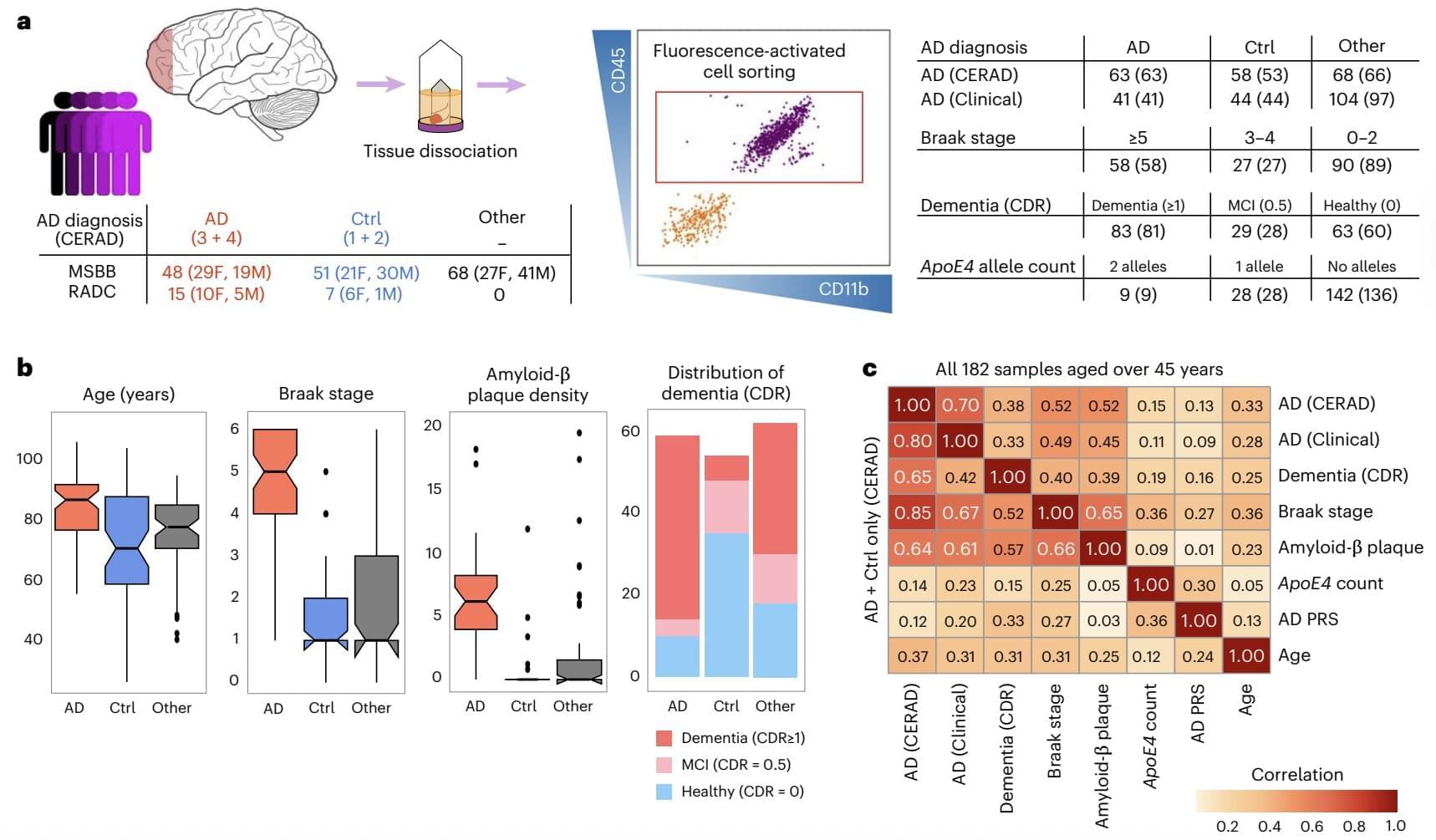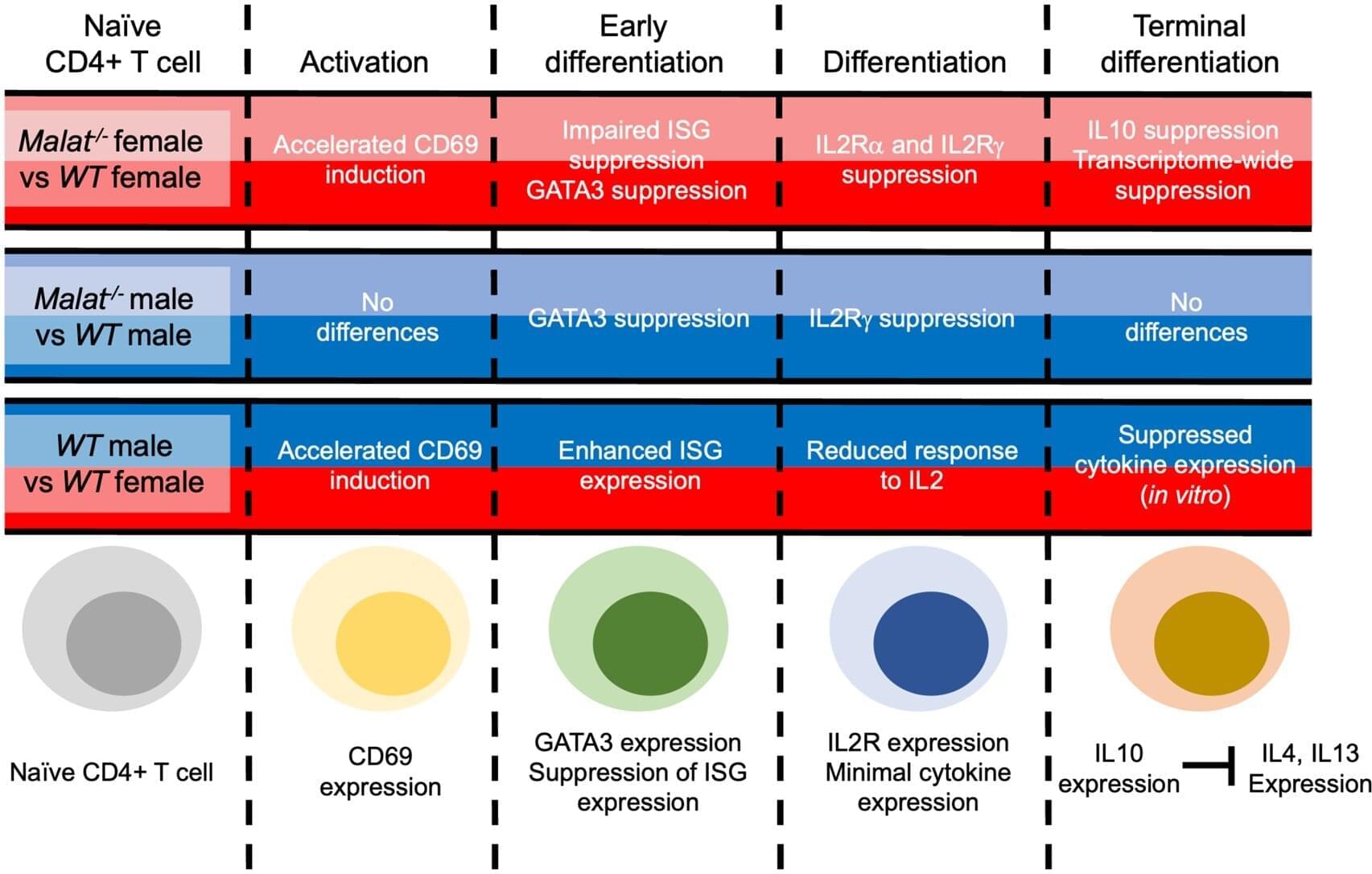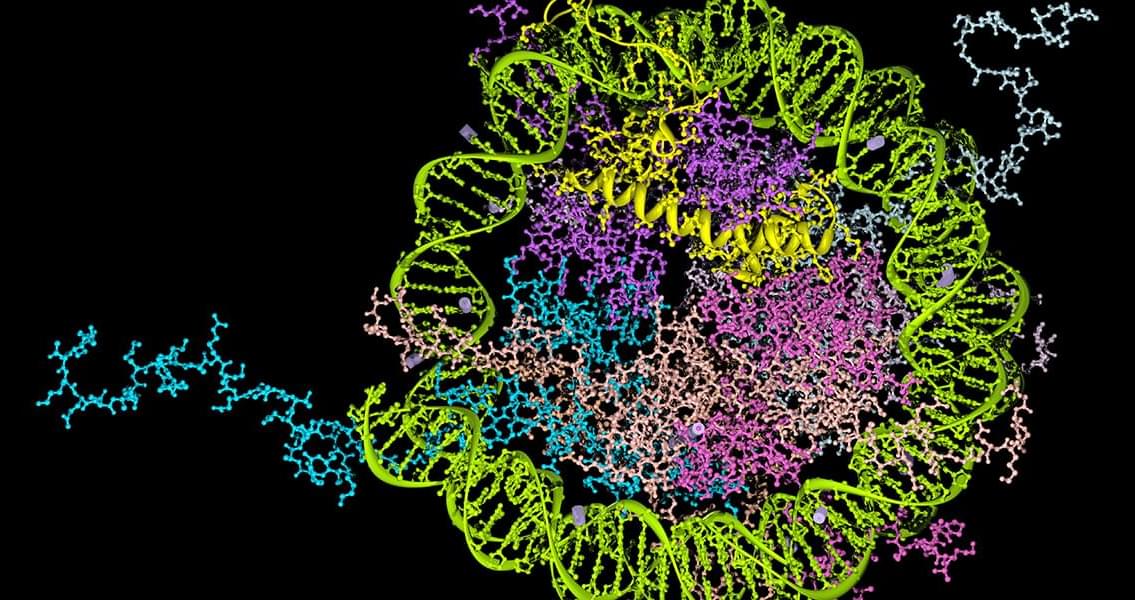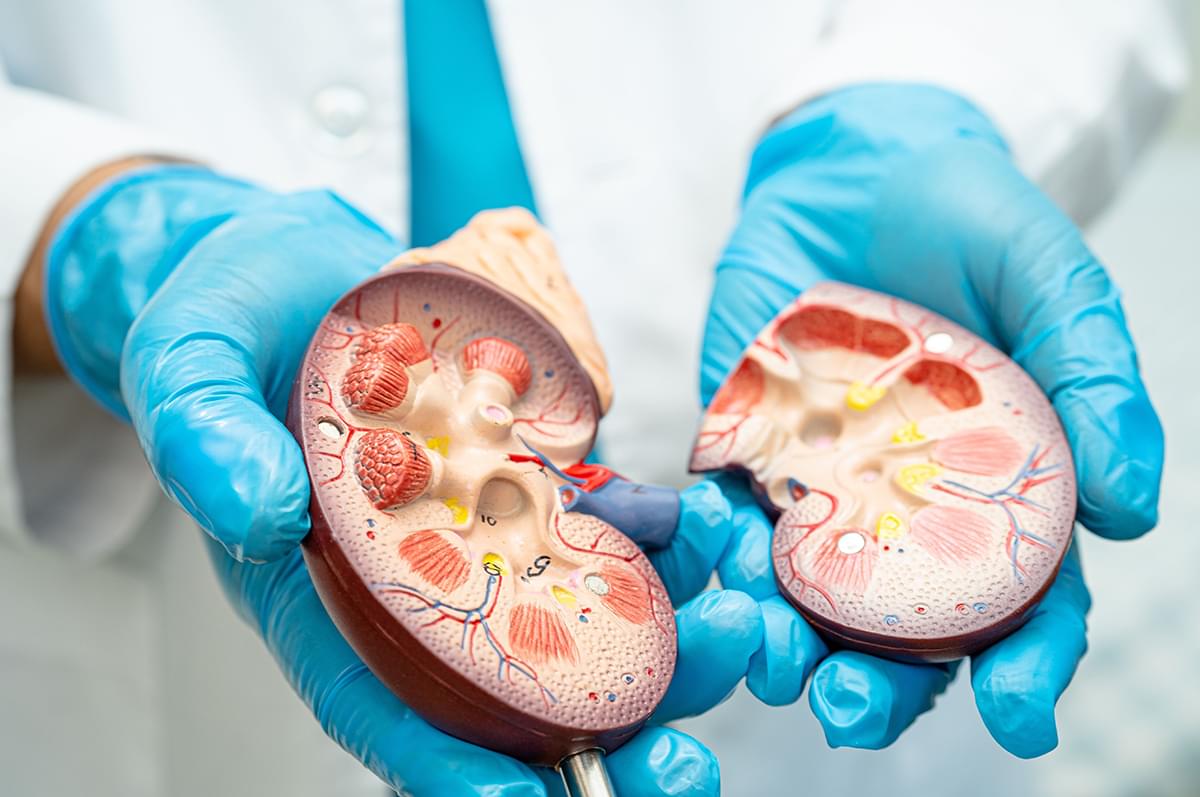Scientists are making encouraging progress in developing vaccines to treat cancer, but so far the therapies have been restricted to specific types of tumor. Now new research points the way to a universal vaccine that could attack a wider range of cancers.
The research led by a team at the University of Florida focuses on “waking up” the immune system to better respond to more types of cancerous cell – tumors that would otherwise be missed for a variety of reasons.
“What we found is by using a vaccine designed not to target cancer specifically but rather to stimulate a strong immunologic response, we could elicit a very strong anti-cancer reaction,” says neuroscientist Duane Mitchell.









